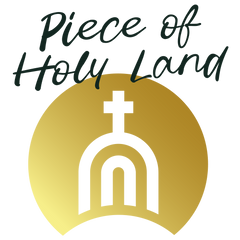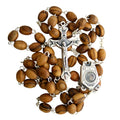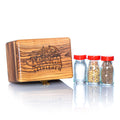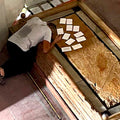The Holy Sepulchre’s Stone of Unction: A Place of Reverence and Devotion
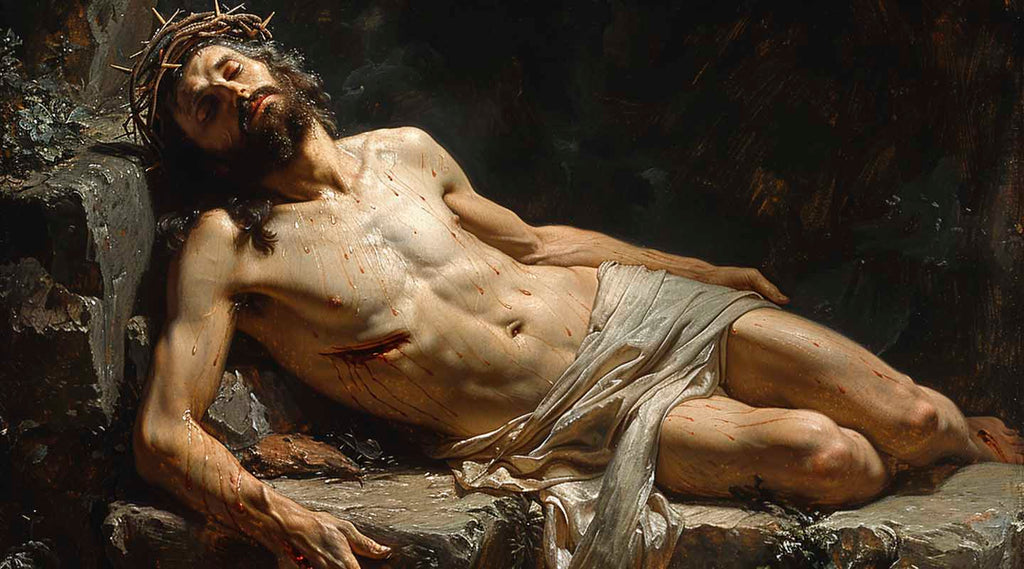
Connecting Faith and Tradition at the Sacred Stone of Anointing
The Stone of Unction, also known as the Stone of Anointing, holds a deeply sacred place within the Church of the Holy Sepulchre in Jerusalem. This revered slab of stone is believed to mark the spot where Jesus’s body was prepared for burial after His crucifixion. As a focal point for prayer and reflection, the Stone of Unction invites believers to connect with the profound mystery of Christ’s Passion and sacrifice.

Historical Significance of the Stone of Unction
The Stone of Unction is situated near the entrance of the Church of the Holy Sepulchre, a site revered as both the location of Jesus’s crucifixion at Golgotha and His resurrection. The stone commemorates the act of Joseph of Arimathea and Nicodemus, who, according to the Gospels, anointed Jesus’s body with spices and wrapped it in a linen shroud before placing Him in the tomb.
The tradition surrounding the stone dates back to the earliest Christian communities who venerated the spot as part of their devotion. While the exact origin of the current slab is uncertain, it serves as a powerful symbolic representation of this pivotal moment in the Passion narrative. Over the centuries, pilgrims have journeyed to this sacred site, touching or kissing the stone in reverence and gratitude.
The Role of the Stone in Christian Worship
The Stone of Unction is not just a historical relic; it is a profound site of spiritual connection. For many believers, the act of kneeling before the stone, lighting a candle, or placing religious items like olive wood crosses, rosaries, or icons on its surface imbues their prayers with a sense of intimacy and sacredness.
The stone’s smooth surface, often anointed with fragrant oils by visitors, is a powerful reminder of the ritual anointing of Jesus’s body—a practice deeply rooted in Jewish burial customs and Christian theology. This act reflects both the honor given to Jesus in death and the hope of His resurrection, which lies at the heart of Christian faith.
The Stone of Anointing and Pilgrimage
Pilgrims from all over the world visit the Church of the Holy Sepulchre, and for many, the Stone of Unction is a central part of their spiritual journey and prayers. The practice of laying personal items on the stone, such as Olive Wood Rosaries with Holy Water or olive wood crosses and crucifixes, allows pilgrims to carry the blessings of the Holy Land back home. These items, touched to the stone, serve as tangible reminders of their faith and the profound experience of walking in the footsteps of Christ.
For those unable to visit the Church of the Holy Sepulchre in person, Piece of Holy Land offers a prayer request service to the Stone of Anointing. This thoughtful initiative allows believers to have their prayers offered at this profound location. By submitting a prayer request online, individuals from around the world can connect with the spiritual legacy of the Holy Land and feel their intentions carried to this sacred site. It’s a meaningful way to engage with the stone’s timeless significance and bring its blessings into their lives.
Symbolism of the Anointing
The anointing of Jesus’s body on this stone carries deep theological significance. In Christian tradition, anointing symbolizes consecration, preparation, and transformation. For Jesus, it marked His readiness for burial and His impending resurrection. For the faithful, the Stone of Unction serves as a place to reflect on their own spiritual journey—moments of grief, hope, and renewal that mirror the Paschal Mystery of death and resurrection. The Stone of Anoiting is a sacred place where believers can meditate on their spiritual journey, drawing parallels to the Paschal Mystery of death and resurrection.
The Church of the Holy Sepulchre: A Sanctuary of Faith
The Church of the Holy Sepulchre itself is a living testament to the enduring faith of Christians throughout history. Housing both the Stone of Unction and the tomb of Jesus, it encapsulates the core of Christian belief: Christ’s sacrifice and triumph over death. The church’s ancient walls have borne witness to countless prayers, tears, and acts of devotion, making it a sanctuary for believers seeking solace and strength.

The Stone of Unction Today
Today, the Stone of Unction remains a cherished site for both religious and spiritual reflection. The vibrant candles, fragrant oils, and quiet prayers of visitors create an atmosphere of reverence and unity, transcending cultural and denominational boundaries. As believers gather around the stone, they are reminded of the shared hope and love that underpin the Christian faith.
Conclusion: A Place of Sacred Connection
The Stone of Unction or Anointing in the Church of the Holy Sepulchre stands as a profound symbol of love, sacrifice, and redemption. Whether through the prayers of pilgrims, the placement of cherished items like olive wood crosses or rosaries, or the quiet moments of reflection it inspires, the stone continues to offer a tangible connection to the life and sacrifice of Jesus Christ.
For those who visit the Holy Land, the Stone of Unction is not merely a relic but a sacred encounter with the heart of their faith, a reminder of the depth of Christ’s love and the hope of His resurrection.
SHARE:

